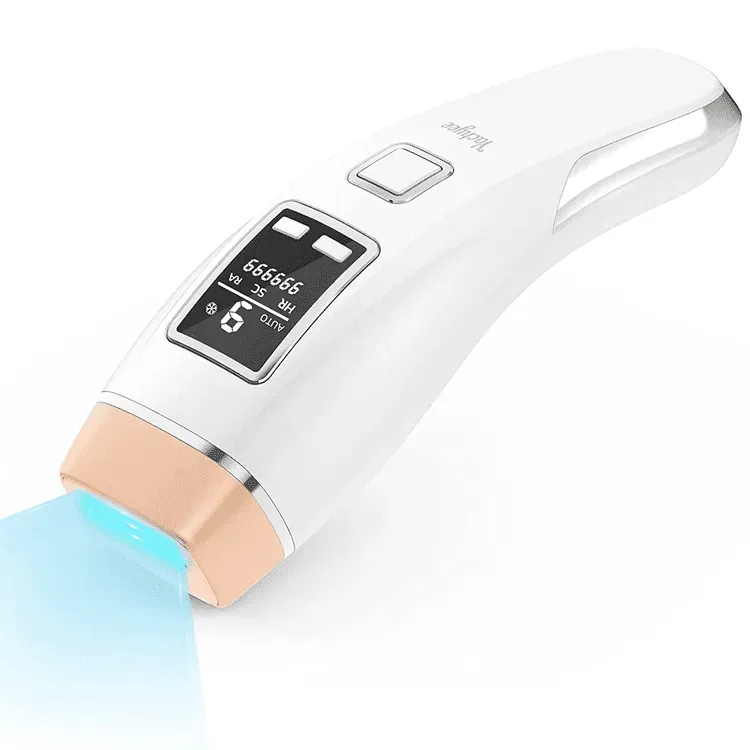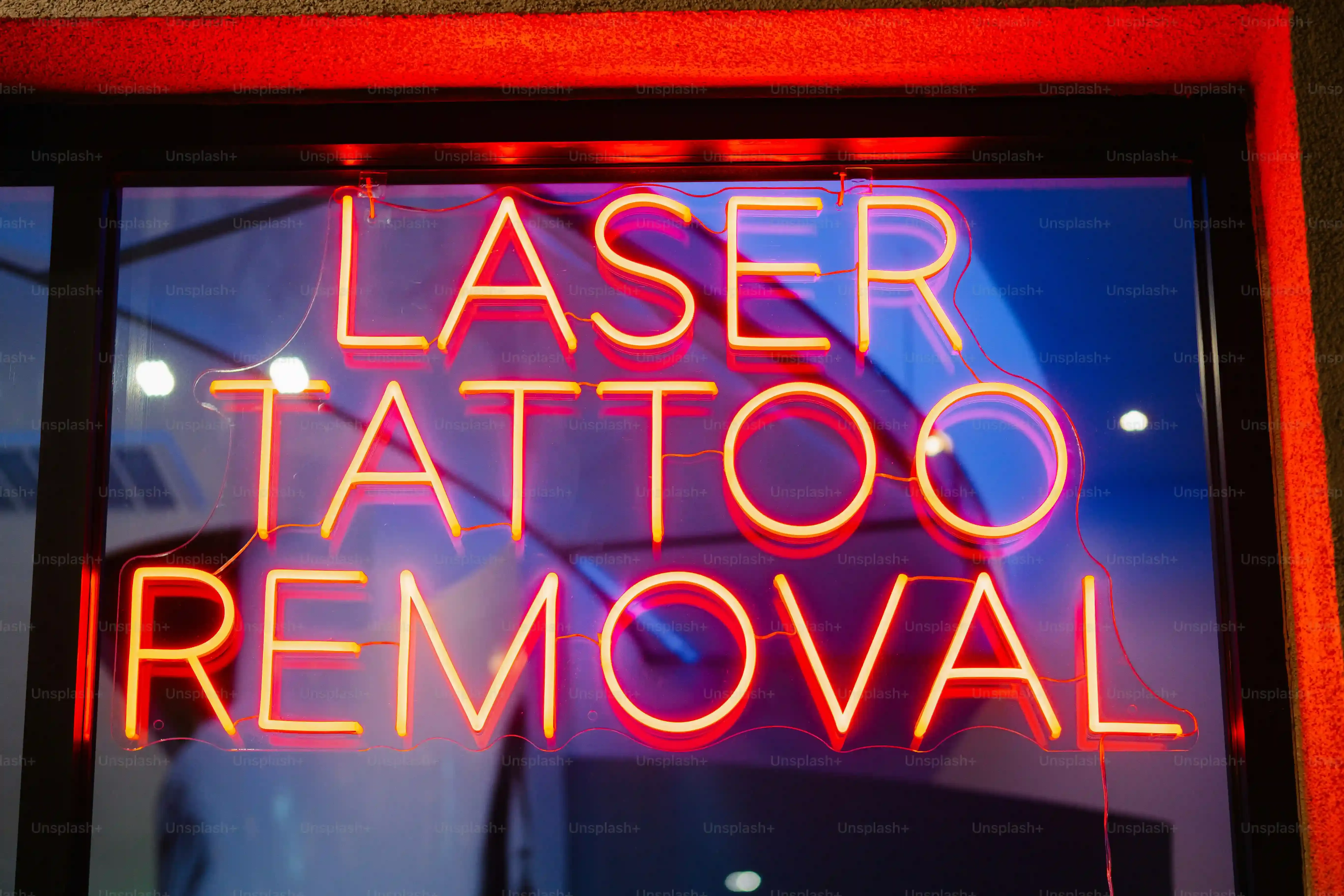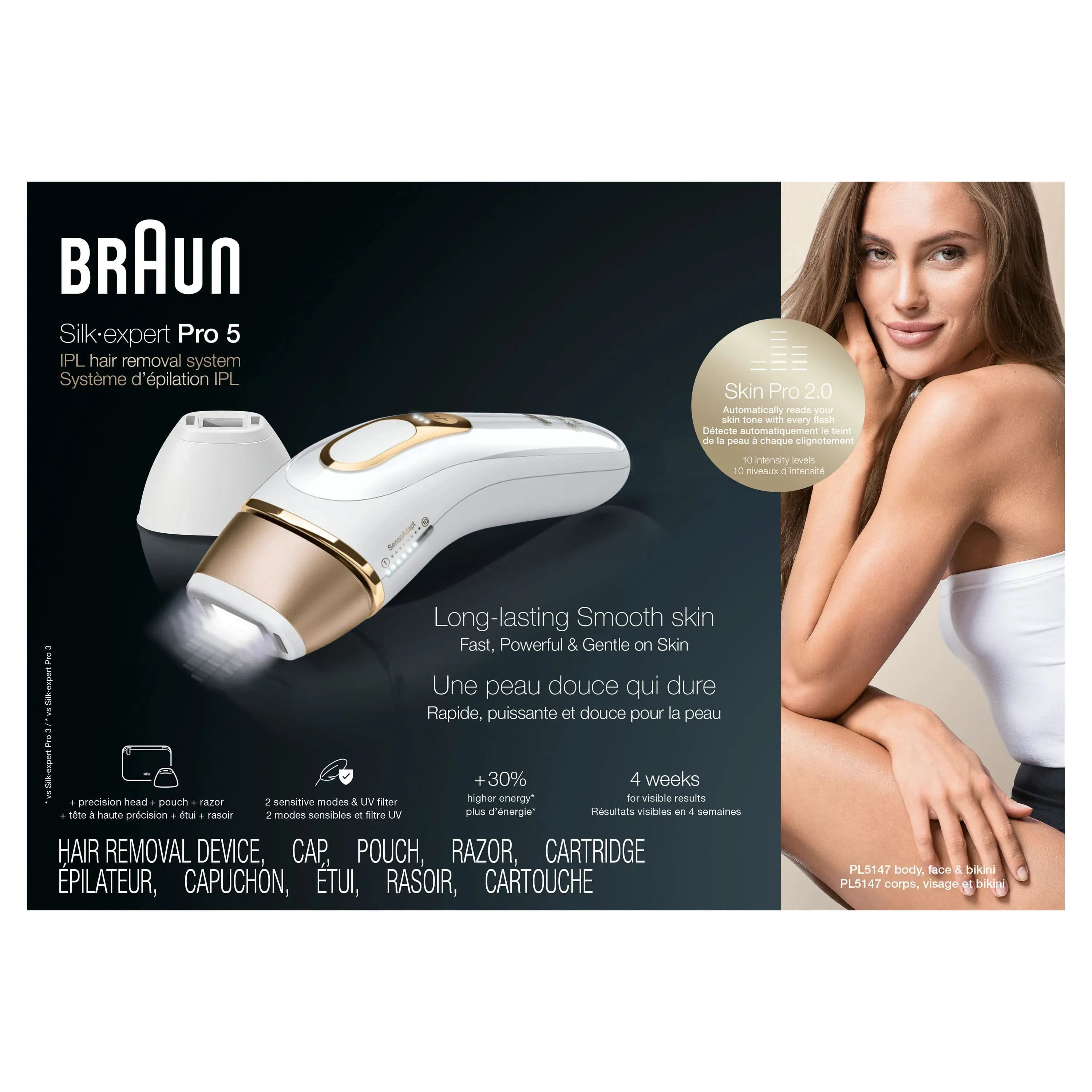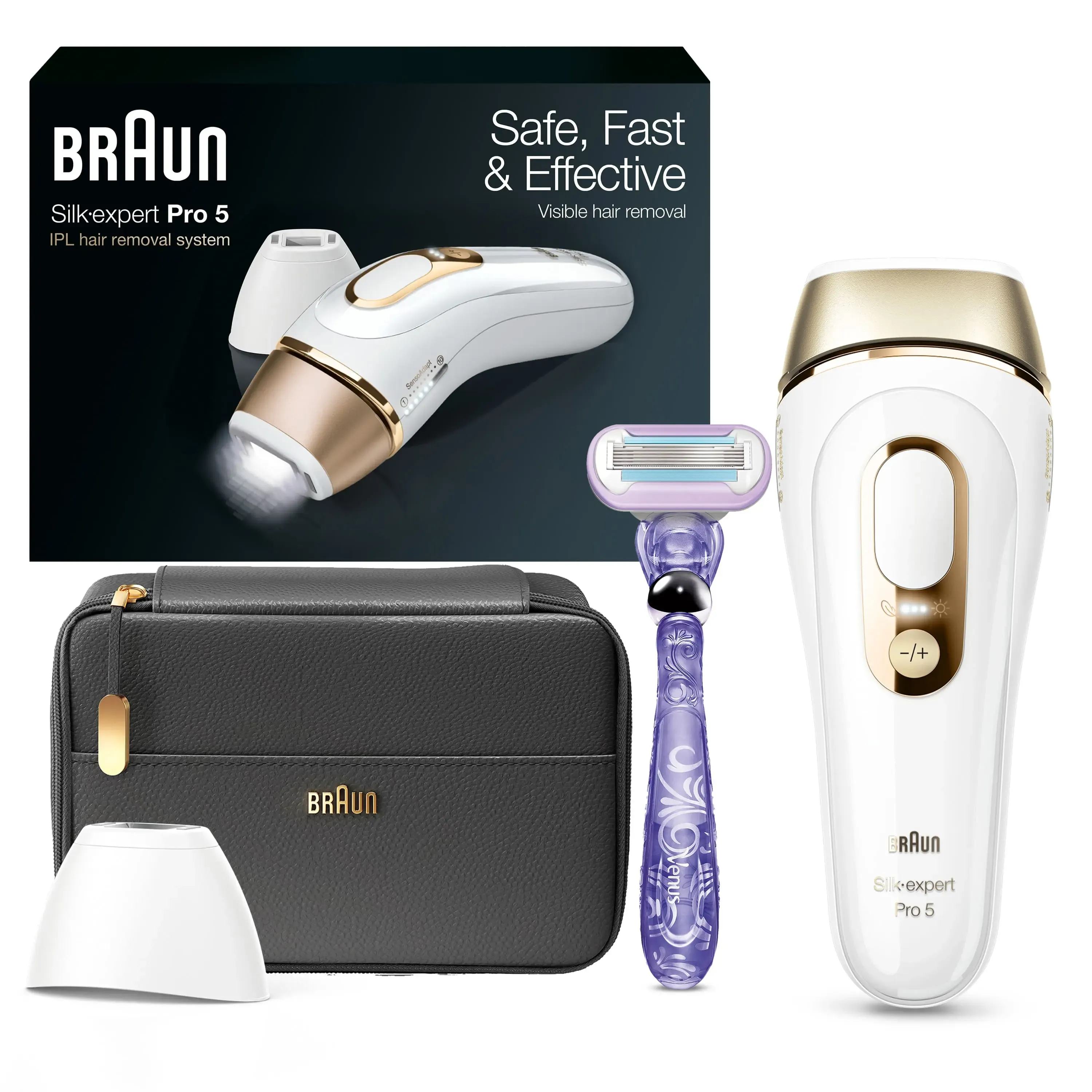Table of Contents
Tired of the endless cycle of shaving, waxing, or expensive salon visits just to keep unwanted hair at bay? You’re not alone. Plenty of us have stared in the mirror, contemplating the time, money, and sheer annoyance involved in maintaining smooth skin. Professional laser hair removal offers a more permanent solution, but the cost and commitment can be a significant hurdle for many. This is where at-home devices enter the picture, promising a convenient alternative right in your own bathroom.
Finding Your Best Buy Laser Hair Removal Device: What Matters

Finding Your Best Buy Laser Hair Removal Device: What Matters
Understanding the Tech: It's Not Always "Laser"
Alright, so you're looking for the *best buy laser hair removal* device. First things first, let's clear up a common misconception. A lot of the devices marketed for home use don't actually use true laser technology like you'd find in a dermatologist's office. Many rely on something called IPL, or Intense Pulsed Light. Both aim to target the pigment in the hair follicle to damage it and slow growth, but they do it differently.
True lasers use a single, concentrated wavelength of light, which is very precise and powerful. IPL uses a broad spectrum of light, like a flashbulb, covering a larger area but less focused. Think of it like a laser pointer versus a floodlight. This difference is crucial because it impacts effectiveness, speed, and who the device is suitable for. Knowing whether you're looking at a true laser or an IPL device is step one in making an informed purchase.
Your Skin Tone and Hair Color: The Real Dealbreaker
This is probably the single most critical factor when considering a *best buy laser hair removal* device. These technologies work by targeting pigment (melanin). That means there needs to be a contrast between the color of your hair and the color of your skin.
If you have very dark skin and dark hair, the device can't easily distinguish between the pigment in your hair and the pigment in your skin. This significantly increases the risk of burns, discoloration, or other skin damage. Similarly, if you have very light hair (blonde, red, white, or gray), there isn't enough pigment for the light to target effectively, making the treatment less likely to work. Most at-home devices are designed for light to medium skin tones with dark hair. Always check the skin tone chart provided by the manufacturer.
- Skin Type I: Pale, always burns, never tans.
- Skin Type II: Fair, burns easily, tans minimally.
- Skin Type III: Cream white, burns moderately, tans gradually.
- Skin Type IV: Moderate brown, burns minimally, tans easily.
- Skin Type V: Dark brown, rarely burns, tans darkly.
- Skin Type VI: Deeply pigmented dark brown to black, never burns.
Safety Features and Certifications: Don't Skimp Here
When you're essentially pointing a light-emitting device at your skin, safety isn't optional. The *best buy laser hair removal* device should have built-in safety features. Look for things like skin tone sensors that prevent the device from firing if your skin is too dark or if the contact with the skin isn't complete.
Check for certifications from relevant regulatory bodies. In the US, that's the FDA (Food and Drug Administration). An FDA clearance means the device has been reviewed and determined to be substantially equivalent to a legally marketed device or is safe and effective for its intended use. While "cleared" isn't the same as "approved," it's a necessary step and provides a level of assurance about the device's safety and basic functionality. Don't just assume a device is safe because it's sold online; do your homework on its certifications.
IPL vs. True Laser: Which Best Buy Laser Hair Removal Technology is Right?

IPL vs. True Laser: Which Best Buy Laser Hair Removal Technology is Right?
Breaking Down the Difference: Light vs. Laser
So, you're trying to figure out the *best buy laser hair removal* and you keep seeing "IPL" and "Laser." What's the actual difference when it comes to devices you can use at home? Think of it this way: a true laser device shoots a single, very focused beam of light at a specific wavelength. It's like using a sniper rifle – precise, powerful, and targets one thing very accurately (the melanin in the hair follicle).
IPL, or Intense Pulsed Light, is different. It emits a broad spectrum of light wavelengths, like a floodlight. It covers a wider area, but the energy isn't as concentrated or precise. It still targets melanin, but because it's less focused, it can affect surrounding tissue more than a true laser might. This is why IPL devices are often considered gentler but might require more treatments to see significant results compared to professional laser sessions.
Pros and Cons for Your Wallet and Skin
When you're looking for the *best buy laser hair removal* device, the technology type has practical implications. IPL devices are generally more common and tend to be less expensive than home devices that use true laser technology. They are also typically less painful, often described as feeling like a rubber band snap or just warmth.
However, because IPL uses a broader spectrum of light, it's even more sensitive to skin tone than true lasers. This makes them less suitable for darker skin types. True laser devices for home use, while potentially more effective and faster, are usually pricier and can be more intense in sensation. They also might have smaller treatment windows, meaning it takes longer to cover large areas.
Which one is the "best buy"? It honestly depends on your budget, your pain tolerance, and crucially, your skin and hair type. There's no one-size-fits-all answer here.
Feature | IPL (Intense Pulsed Light) | True Home Laser |
|---|---|---|
Technology | Broad spectrum light | Single wavelength laser beam |
Precision | Less precise, wider coverage | More precise, smaller area |
Typical Cost (Home Device) | Lower to Mid-range | Higher range |
Pain Level | Generally lower | Can be more intense |
Skin Tone Compatibility | Limited (Light to Medium) | Potentially slightly wider range, but still limited by melanin |
Making the Choice for Your Specific Needs
So, how do you decide which technology is part of your personal *best buy laser hair removal* quest? If you have lighter skin and darker hair, and you're looking for a less expensive and potentially less painful option for smaller areas or maintenance, an IPL device might be a good starting point. They are widely available and user-friendly.
If you're willing to invest more, have the right skin/hair contrast, and want potentially faster results, a true home laser device could be worth considering. Just remember that *neither* technology used in home devices is as powerful as professional equipment you'd find in a clinic, like those used at hairawaybylaser.com. Results at home will take more time and consistency, regardless of the technology. Always read reviews specific to your skin and hair type before committing.
Prepping and Using Your Best Buy Laser Hair Removal Device Effectively

Prepping and Using Your Best Buy Laser Hair Removal Device Effectively
The Essential First Step: Shave It Off
you've done your research, perhaps even found your personal *best buy laser hair removal* device. Now what? You can't just grab the gadget and start zapping away stubble. The absolute non-negotiable first step before using any home hair removal device is shaving the area you plan to treat. Yes, shaving. It sounds counter-intuitive when you're trying to get rid of hair permanently, but there's a solid reason.
These devices target the pigment in the hair follicle *below* the skin's surface. If there's hair on the surface, the light energy gets absorbed by that visible hair instead of traveling down to the follicle. This wastes energy, makes the treatment less effective, and can even cause surface burns or irritation. Shaving ensures the energy goes where it needs to go – to the root. Just make sure your skin is clean, dry, and free of any lotions or oils before you begin.
Technique and Frequency: Zapping Smartly
Once you're shaven and ready, it's time to use your *best buy laser hair removal* device. Most devices have intensity settings. Start on the lowest setting recommended for your skin tone and gradually increase it if you tolerate it well. It shouldn't be excruciatingly painful, maybe a mild snap or warmth. If it hurts too much, dial it back.
Technique matters too. You need to cover the area systematically, overlapping slightly with each pulse to avoid missing spots. Don't pulse the same area multiple times in one session; that's just asking for irritation. Frequency is key: manufacturers usually recommend sessions every one to two weeks initially. Sticking to this schedule is far more important than trying to rush the process with more frequent treatments. Patience is required here.
Here's a quick rundown on technique:
- Clean and shave the treatment area thoroughly.
- Ensure skin is completely dry.
- Select the appropriate intensity setting (start low).
- Place the device window firmly against the skin.
- Press the activation button.
- Move the device to the next adjacent spot, overlapping slightly.
- Treat the entire desired area methodically.
- Avoid treating the same spot twice in one session.
Consistency is King: It's a Marathon, Not a Sprint
Let's be real: you won't see dramatic results after one or two sessions with your *best buy laser hair removal* device. This isn't an instant fix. It takes time for the damaged follicles to shed the treated hair and for hair growth to slow down. Most people start seeing noticeable reduction after several weeks of consistent use, following the recommended schedule.
Maintenance is also part of the deal. Even after you achieve significant hair reduction, you'll likely need occasional touch-up sessions to keep the area smooth. Life happens, schedules get busy, but skipping sessions consistently will just mean you're back where you started, or close to it. Think of it like going to the gym – you need to stick with it to see and maintain results.
Addressing Pain and Skin Tones with Best Buy Laser Hair Removal

Addressing Pain and Skin Tones with Best Buy Laser Hair Removal
Let's talk about the elephant in the room: does it hurt? And who can actually use these things without frying their skin? When you're hunting for the *best buy laser hair removal* device, understanding how it interacts with your unique skin and pain tolerance is non-negotiable. The sensation varies wildly depending on the device type (IPL is generally milder than true laser), the intensity setting, and the area you're treating. Some spots, like the upper lip or bikini area, tend to be more sensitive than, say, your calf. People often describe it as a quick snap, like a rubber band hitting your skin, or just intense warmth. For many, it's manageable, but for others, it might be too uncomfortable. More critically, skin tone remains a major hurdle. As we touched on earlier, these devices target pigment. If your skin has too much pigment relative to your hair, the device can't differentiate, leading to potential burns, hyperpigmentation (dark spots), or hypopigmentation (light spots). This is why checking the manufacturer's skin tone chart is not a suggestion, it's a requirement. Ignoring it is a fast track to skin damage, and no amount of discounted price makes a device the "best buy" if it's going to harm you.
Beyond the Initial Purchase: LongTerm Use and Maintenance of Best Buy Laser Hair Removal

Beyond the Initial Purchase: LongTerm Use and Maintenance of Best Buy Laser Hair Removal
So, you snagged what you thought was the *best buy laser hair removal* device, went through the initial treatment phase, and things are looking pretty smooth. Great! But don't pack the device away in a drawer just yet, thinking you're done forever. The reality of at-home hair removal is that it's rarely a one-and-done situation. While these devices can significantly reduce hair growth, they often don't achieve the permanent removal results you might get from professional treatments. Hair follicles can recover over time, or previously dormant follicles might start producing hair. This means ongoing maintenance is typically required. You'll likely need touch-up sessions every few months, or maybe even more frequently depending on your individual hair growth cycle and the device's effectiveness. Think of it less like flipping a switch to permanent smoothness and more like managing growth over the long haul. Ignoring maintenance will just lead to hair slowly making its return, potentially undoing your hard work and initial investment.
Making Your Best Buy Laser Hair Removal Decision
So, you've navigated the maze of wattage, flashes, and skin tone charts in pursuit of the best buy laser hair removal device. The reality is, these at-home gadgets aren't magic wands promising instant, permanent hairlessness for everyone. They require patience, consistency, and a realistic understanding of what they can achieve – typically significant reduction, not total eradication, and often needing maintenance. Before clicking "add to cart," weigh the device's compatibility with your skin tone and hair color, consider the treatment area size, and manage your expectations about the timeline and potential results. It's a tool, not a miracle, and choosing wisely based on the facts, rather than just the price tag, is the real best buy.
